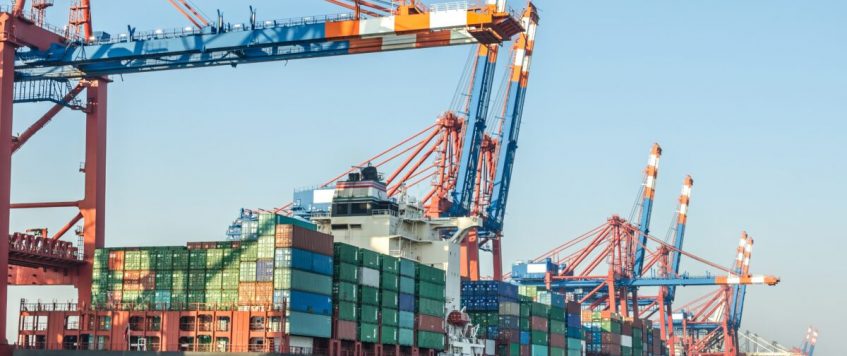-
01
Apr
Adapting to Baltimore Port Closure: East Coast Ports Step Up
The closure of the Port of Baltimore following a major bridge collapse has prompted a significant reshuffling of container ship traffic to other East Coast ports, with New Jersey and Virginia ports stepping up to accommodate the diverted traffic. This situation underscores the interconnected nature of maritime logistics and the ripple effects a single infrastructure failure can have across regional and national supply chains.
Maritime Logistics Adjustments:
- New Jersey and Virginia Ports Step Up: Ports in New Jersey and Virginia are expanding gate hours and adjusting operations to accommodate the influx of container ships originally destined for Baltimore. This includes keeping truck gates open longer and, in some cases, opening on Saturdays. These adjustments demonstrate the agility and responsiveness of port operations in the face of unexpected disruptions.
- Intermodal Service Enhancements: CSX Transportation is ramping up its intermodal service to facilitate the movement of containers from the New York-New Jersey port to Baltimore, indicating the critical role of rail transport in bridging gaps caused by port closures. This move also highlights the importance of multimodal transport solutions in maintaining supply chain continuity.
- Trucker Adaptations: The diversion of ships is also affecting the trucking industry, with Baltimore-based truckers registering for service at New York-New Jersey marine terminals. This shift necessitates adjustments in logistics planning and operations, as truckers navigate new routes and terminals.
Strategic Implications and Challenges:
- Capacity and Efficiency Concerns: While East Coast ports are equipped to handle the additional cargo, the challenge lies in managing the increased demand for trucking and warehousing. The shift in cargo traffic stresses the importance of having flexible, scalable logistics operations that can adjust to sudden changes in shipping patterns.
- Inland Distribution Strategies: Importers using Baltimore must now reconsider their inland distribution strategies, both in the short and long term. This includes exploring new routes and logistics partners, which can add complexity and cost to supply chains.
- Supply Chain Resilience: The incident highlights the need for supply chain resilience and the ability to quickly adapt to unforeseen disruptions. Companies may need to reassess their reliance on single ports or infrastructure elements and develop contingency plans that include alternative routes and modes of transportation.
Looking Ahead: The closure of the Port of Baltimore and the subsequent diversion of ships to other ports is a vivid reminder of the vulnerabilities in global supply chains. As ports and shippers navigate the immediate challenges, the situation also presents an opportunity to build more resilient, adaptable logistics networks. This involves not just infrastructure investments but also enhancing coordination among port authorities, shippers, and logistics providers to efficiently manage sudden shifts in shipping patterns and maintain the flow of goods in the face of disruptions.

